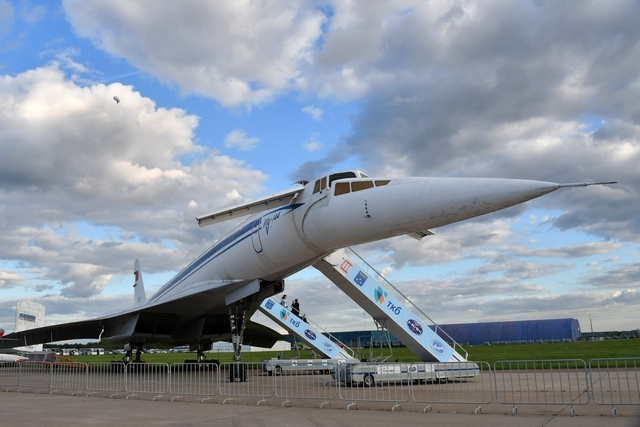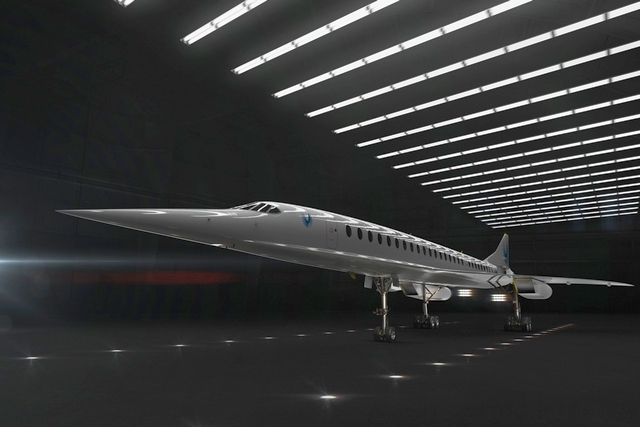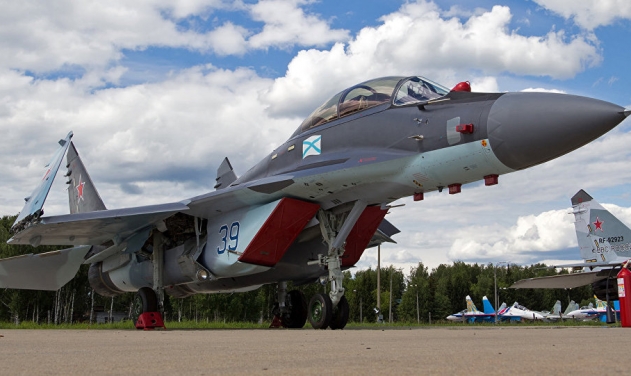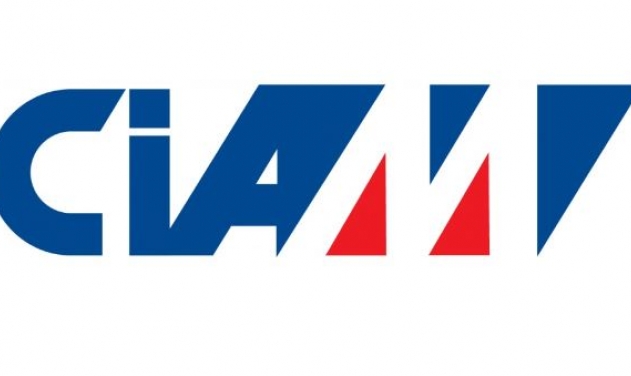Russia Plans Supersonic Civil Aircraft Using MIG-29 as Base

Russia plans to create a prototype demonstrator of a new generation supersonic civil aircraft by 2023 using the MiG-29 fighter jet as a “donar” aircraft.
The move signals a new race with the United States to build a supersonic passenger jet that can fly at mach 2 or twice the speed of sound.
This was announced by the Director of the Russian Central Aerohydrodynamic Institute (TsAGI) Kirill Sypalo who said “according to our calculations and with the availability of funding, such a demonstrator should appear by 2023.”
“This experimental aircraft is cheaper and easier to make on the basis of a donor aircraft, since the main goal is to verify in the flight experiment the correctness of the selected critical technologies: aerodynamic appearance, location, shape and size of air intakes, nozzle devices, etc., ” RIA Novosti reported today quoting Sypalo.
A US based private firm, Boom Supersonic has started a supersonic passenger liner project, ‘Overture’ - to offer seat-mile costs similar to subsonic business class, and cut travel time between trans-oceanic routes by half.
The Russian goal will be to challenge this US project though it remains to be seen if the Kremlin will commit billions of dollars required for such a project coupled with the commercial risks associated with a supersonic airliner.

The Overture, a 55-75 seater supersonic airliner is shaping up in the hangar of Boom Supersonic for its first flight by 2023. The all-business class configuration aircraft seats just one passenger on either side of the aisle.
The aircraft, designed to cruise at Mach 2.2 (1,451 mph), costs $200 million, and has already garnered $6 billion worth of pre-orders for 10 Overtures from Virgin Group and 20 from Japan Airlines.
Supersonic passenger flight ended with the Concorde era some 20 years ago due to high operating costs, narrow uncomfortable seating and high engine noise. Boom Supersonic says it has taken care of the factors that brought down the Concorde and its aircraft will be no more noisier than a subsonic airliner.
Russsia’s earlier romance with supersonic passenger jets began even before the Anglo-French Concorde. The Tu-144 was the world's first commercial supersonic aircraft with its prototype's maiden flight on 31 December 1968, three months ahead of the Concorde. Sixteen Tu-144 aircraft were manufactured and conducted 102 commercial flights, of which only 55 carried passengers for the Russian airline, Aeroflot. On 26 May 1970 it became the world's first commercial transport to exceed Mach 2.0.
The Tu-144 suffered irreparable loss of confidence when it crashed during a flight demonstration at the 1973 Paris Air Show crash. The Tu-144 was introduced into passenger service with Aeroflot between Moscow and Almaty on 26 December 1975, but withdrawn less than three years later after a second Tu-144 crashed and retired on 1 June 1978.











